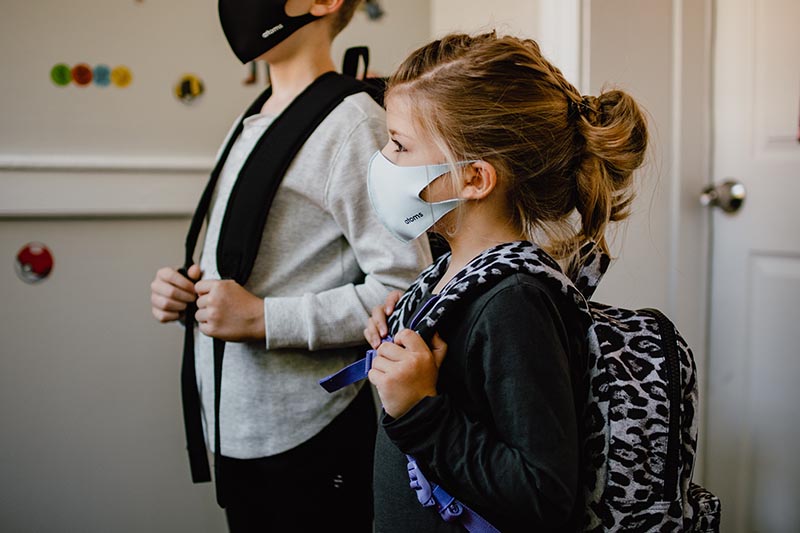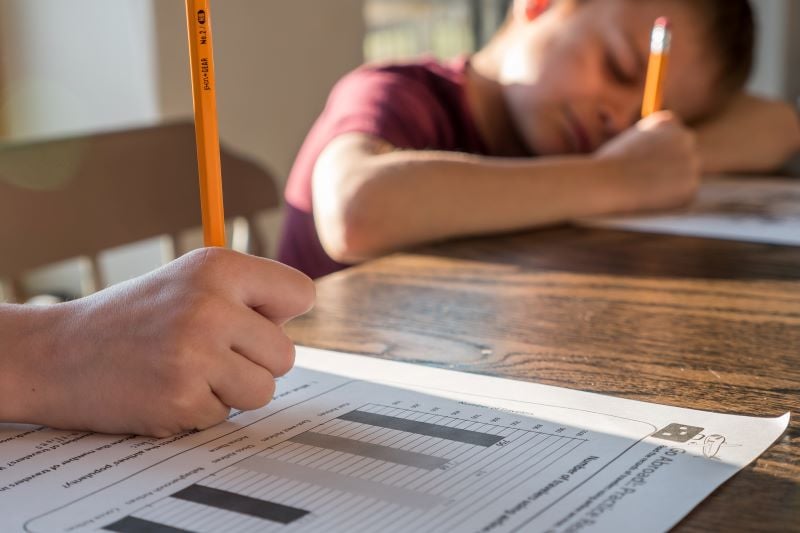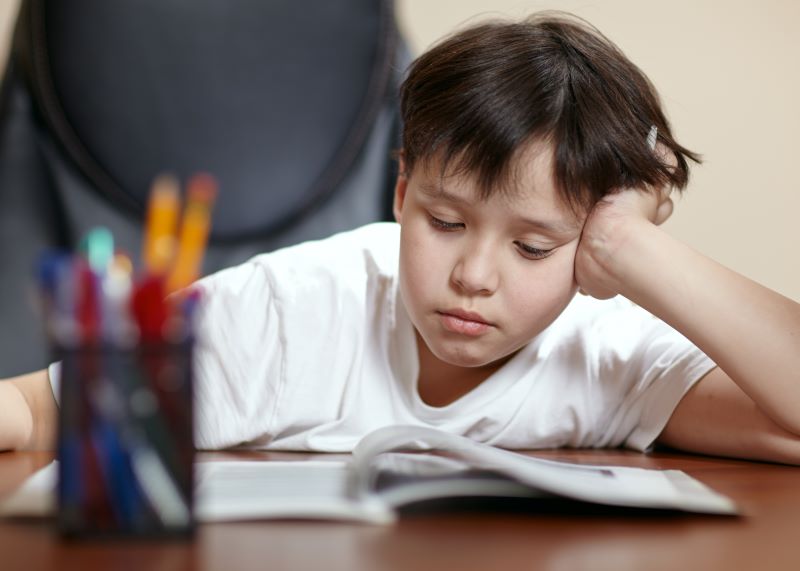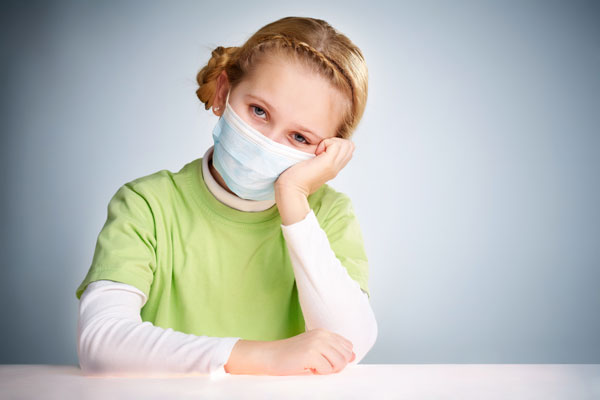
The coronavirus spreads from person-to-person when droplets spray from coughing, sneezing, or talking. These infected droplets can then enter your body through the mouth or nose. As a result, it has become increasingly important to wear a mask when going out. Masks help protect yourself and others from spreading the virus. You or your child could be unknowingly spreading the virus if you happen to be asymptomatic and continue to not wear a mask. By wearing a mask, you’re doing your part to help prevent further spreading of this disease.
Some common misconceptions about masks:
Masks don’t work
Masks have been proven to help reduce the risk of contracting the virus. The point of the mask is not 100% prevention, but a measure to reduce of transmission and infection. Recent research published in Health Affairs, a peer-reviewed healthcare journal, tracked the COVID-19 growth rate before and after masks were mandated. In the first five days, the daily growth rate slowed by .9%, and by three weeks, the growth rate had slowed by 2%.
Masks negatively affect oxygen levels
Masks are designed to be breathed through and frontline workers have been wearing them all day at hospitals. One nurse showed how his oxygen levels remained relatively unaffected after a days worth of wearing a mask. His carbon dioxide retention levels were also consistent with his baseline when he wasn’t wearing a mask.
Which masks are effective?
Fabric masks
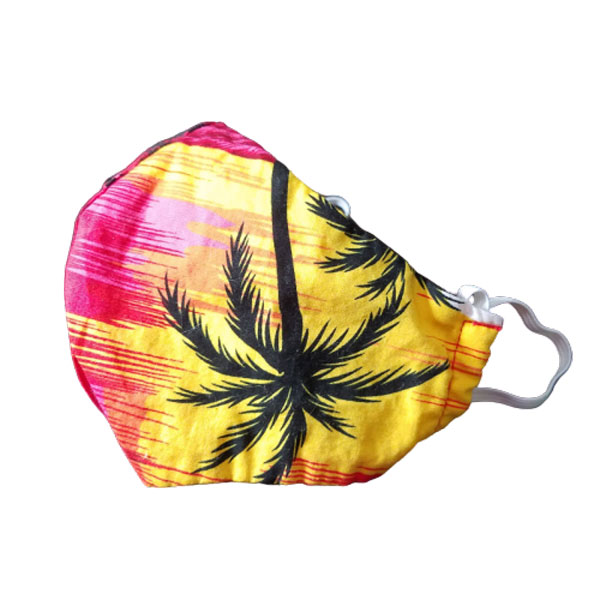
For fabric masks, the key is to find one with a tight weave. You will also want to find one with multiple layers to enhance the filtration of the mask. A method of testing the weave is by holding your mask to the light. The more visible the fibers of the mask, the poorer filter the mask will make. Researchers at the National Institute of Standards and Technology say that cotton is better than synthetic due to its tendency to have a more 3D structure.
A two-layer cotton mask can filter around 35% of small particles but this filtration can be improved by adding an additional two layers of charged polypropylene. A charged polypropylene material can help trap additional particles using static electricity. A combination of polypropylene and thick cotton weaved layers is estimated to filter as much as 70% of particles.
Medical masks
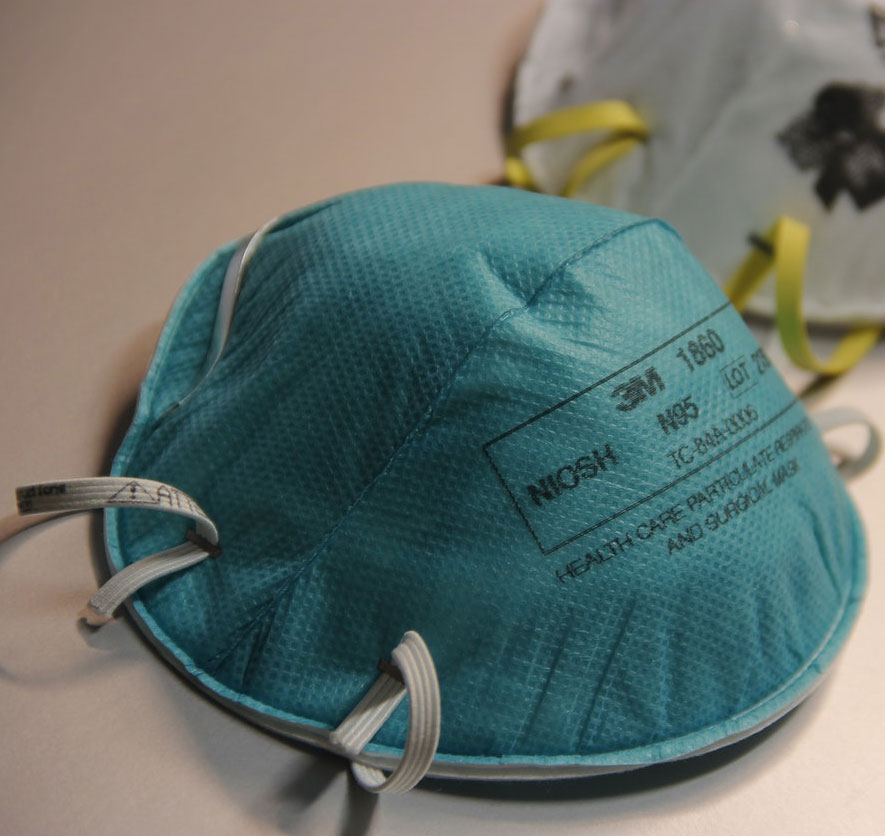
A correctly worn N95 mask can block 95% or more of small particles. They are extremely effective in blocking both incoming and outgoing particles due to the many layers of polypropylene fibers in each mask. However, N95 masks are in short supply and should be saved for front line workers. If you manage to find an N95 mask, there is also a risk the mask could be fake.
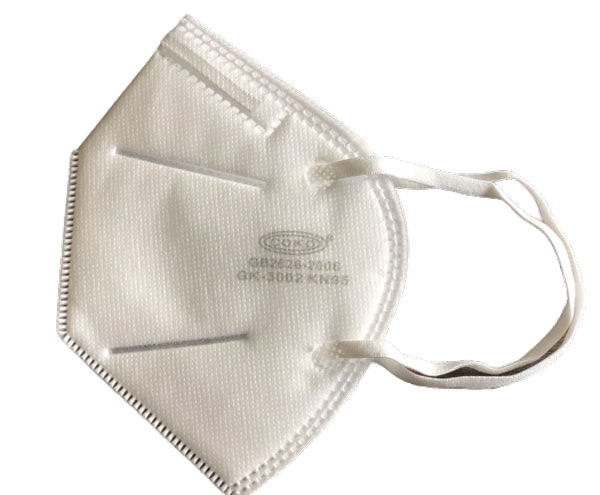
An alternative to the N95 mask is the KN95 mask. These masks are similarly designed to try to filter at least 95% of airborne particles but when tested, the performance of these masks has varied greatly. One way to check whether your model of KN95 is authorized is by checking Appendix A of the Food and Drug Administration’s guide to personal protective equipment.
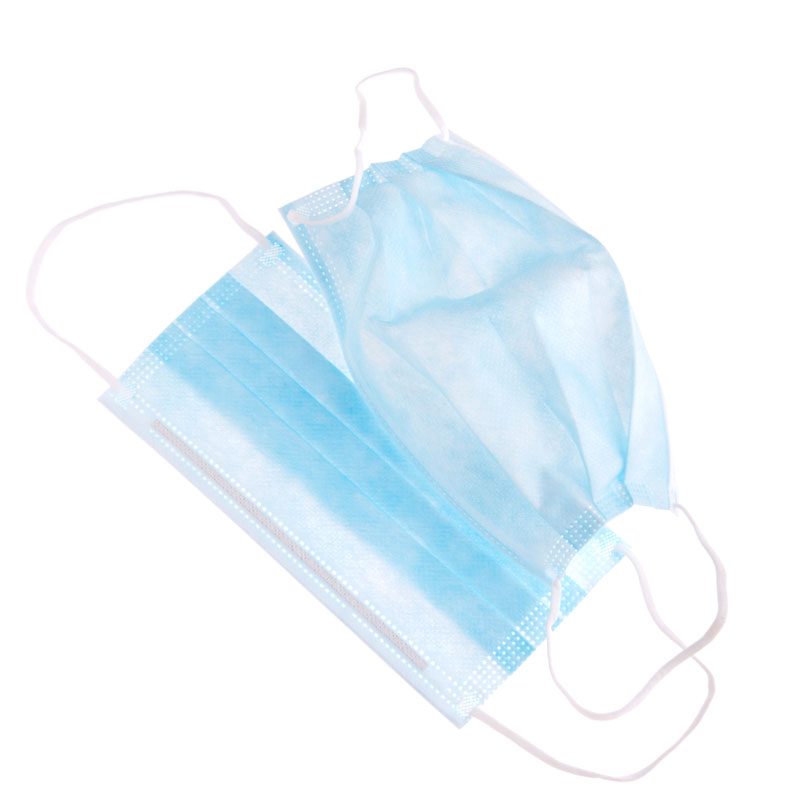
Another medical mask option is the surgical mask. These masks are disposable and designed to prevent the wearer from spreading particles but research varies on how effective they are for blocking incoming particles. In tests conducted by Stanford materials science professor Yi Cui, surgical masks blocked anywhere from 30-80% of airborne particles.
How to help your child wear a mask
Tell them it's important
Gradually explain the importance of wearing masks to your child to show them how it keeps everyone safe. You can wear your mask at home as a model or even use your child’s favorite toy to show how a mask can protect them. Answer any questions they may have and try to focus on the positive aspects of wearing masks.
Practice at home
Teach your child how to put on and take off their mask at home. Practice in small spurts and make sure your child understands not to touch the mask at home. When your child is ready, you can get ready for short trips outside the house to help them better prepare for prolonged periods of mask-wearing.
Make it fun
You can make masks more fun for your child by decorating them or buying ones with fun patterns. Your child will feel a greater sense of autonomy over a mask they choose themself. For younger children, you could also try putting a mask on their favorite toy or stuffed animal to show how the mask is keeping it safe.
References
https://www.lung.org/blog/covid-masks
https://www.nytimes.com/2020/06/23/well/family/children-masks-coronavirus.html



